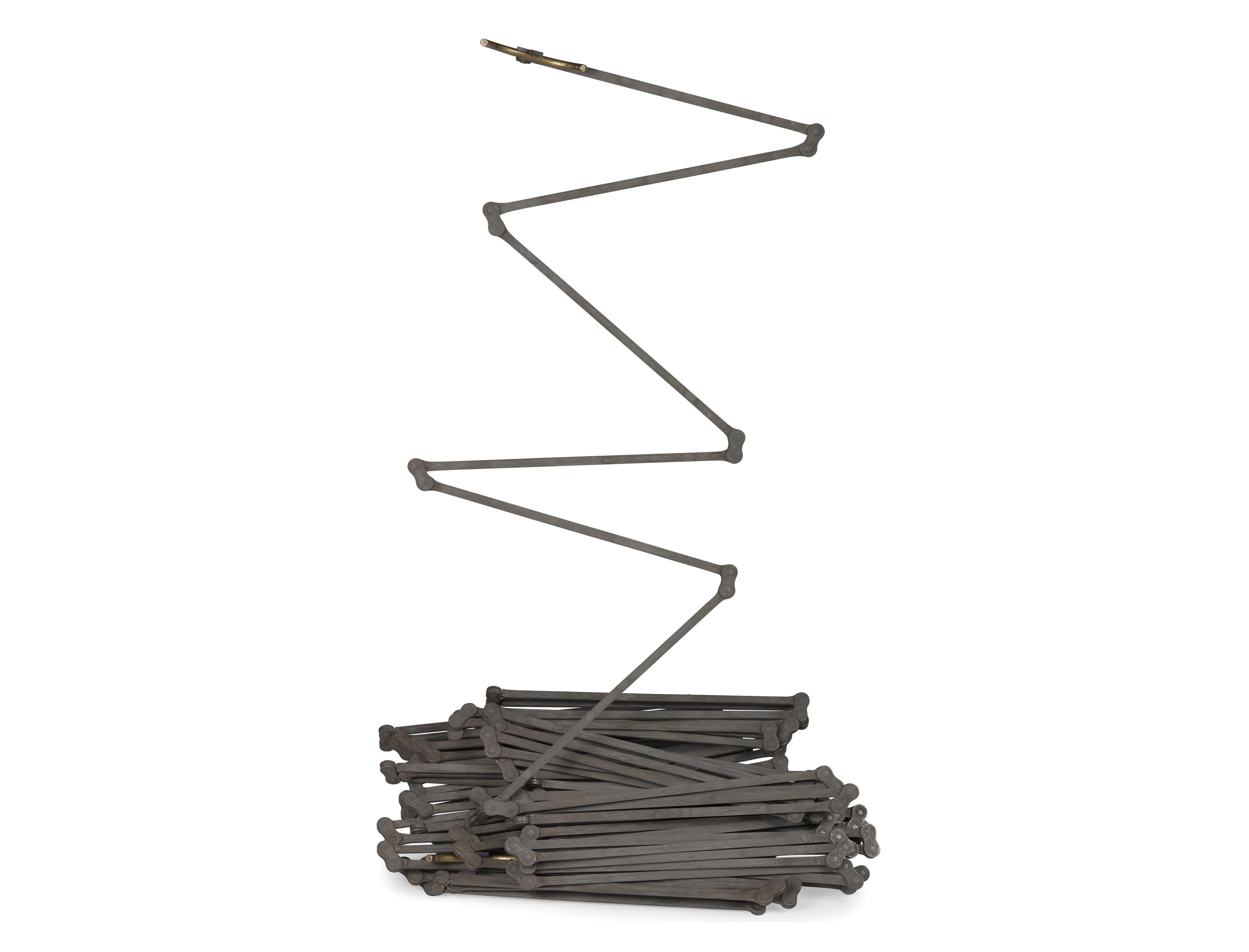One of the unique privileges of being a photographer at the Science Museum is that you get to handle objects that made history—like Jesse Ramsden’s theodolite.
Reflecting on his experience of photographing the object, Kevin Percival said: “This is the first time I photographed something and really felt the impact it has had on the world around me. I like walking, and this is the theodolite that was used to produce the first Ordnance Survey maps, which are a world-famous set of walking maps.”
When you’ve spent a year photographing the objects in Science City: The Linbury Gallery, it’s hard not to become engrossed in their stories.
The theodolite is part of a diorama-type scene, of which there are several in the gallery. In the scene, the instrument is displayed next to other objects that were used to create the first accurate maps of Great Britain in the late 1700s.
The scenes were proposed by gallery designer Gitta Gschwendtner as a way of evoking the people and places of science in this period. They contain several objects in the collection and show how they would have been used in relation to one another.

“We knew scientific instruments are often difficult to engage with because they can be alien and unfamiliar,” said Alexandra Rose, Science City’s lead curator. “We wanted moments where we could animate the objects, bringing them to life.”
The scenes were inspired by museum dioramas but made to look more contemporary by set designer Leila Latchin.
“The digital display echoes the scene in front of you,” Kevin said. “You can click on each object and find out more information about it.” Because of this, his photographs of the objects had to be shot at the exact same angle as they were placed in the scene.

The digital versions were rendered by Clay Interactive, an interactive media company, with Kevin’s photographs of the objects superimposed on them. He shot the objects on white backgrounds, which made it easy for Clay Interactive to replace the white backgrounds with their digital drawings.

The digital display of the theodolite’s diorama-type scene contains a link to a 3D photograph of it.
To do the shoot, Kevin worked with object handlers Rhys Briggs, Gerry Chatfield and conservator Marisa Kalvins to move it on to a turntable that spins very slowly while it is photographed by a camera. After all sides of the object are captured, software is used to stitch all the photographs together to create a 3D model.
Next to the Theodolite, there’s a 100-link chain, a measuring tool used by surveyors. “The curators weren’t sure how this was going to be displayed,” he says.
They wanted it to be draped down the front of the crate, but the links are not very flexible, so they were going to have to try things during the installation to see what’s possible. However, Clay Interactive had an earlier deadline to finish rendering the scene and the programme, for which they needed Kevin’s photograph.
Kevin took several photographs with different arrangements of the chain, showed the curators the options and they picked one. When the object was later placed on display, they modelled it after Kevin’s photograph.

Although it may look like the chain is holding itself up in the picture, it’s not. Another photographer and one of the curators held up the links using fishing line while Kevin took the shot. Fishing wire is a handy photographic trick because it’s strong, nearly imperceptible and can easily be edited out in post-production.
Kevin’s pictures can be seen on our online collection site and on the cover of the book that accompanies the gallery opening. Many of the objects in the gallery had never been photographed before.
Discover more about how London grew from a lively capital city to a global hub for trade, commerce, and scientific enquiry in Science City 1550–1800: The Linbury Gallery.
